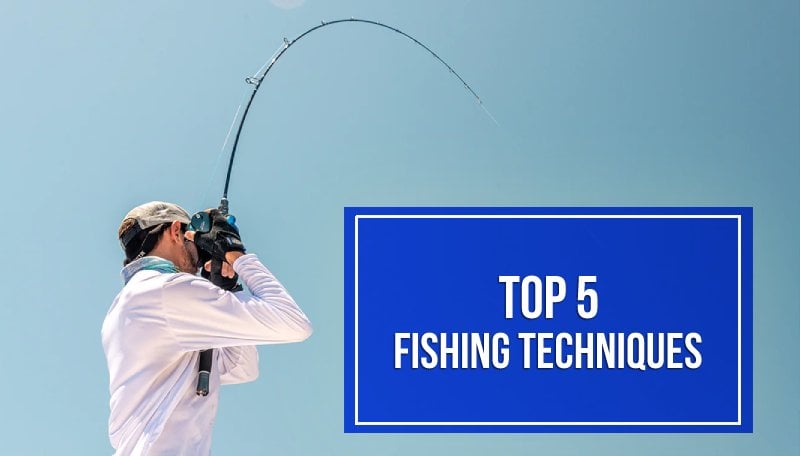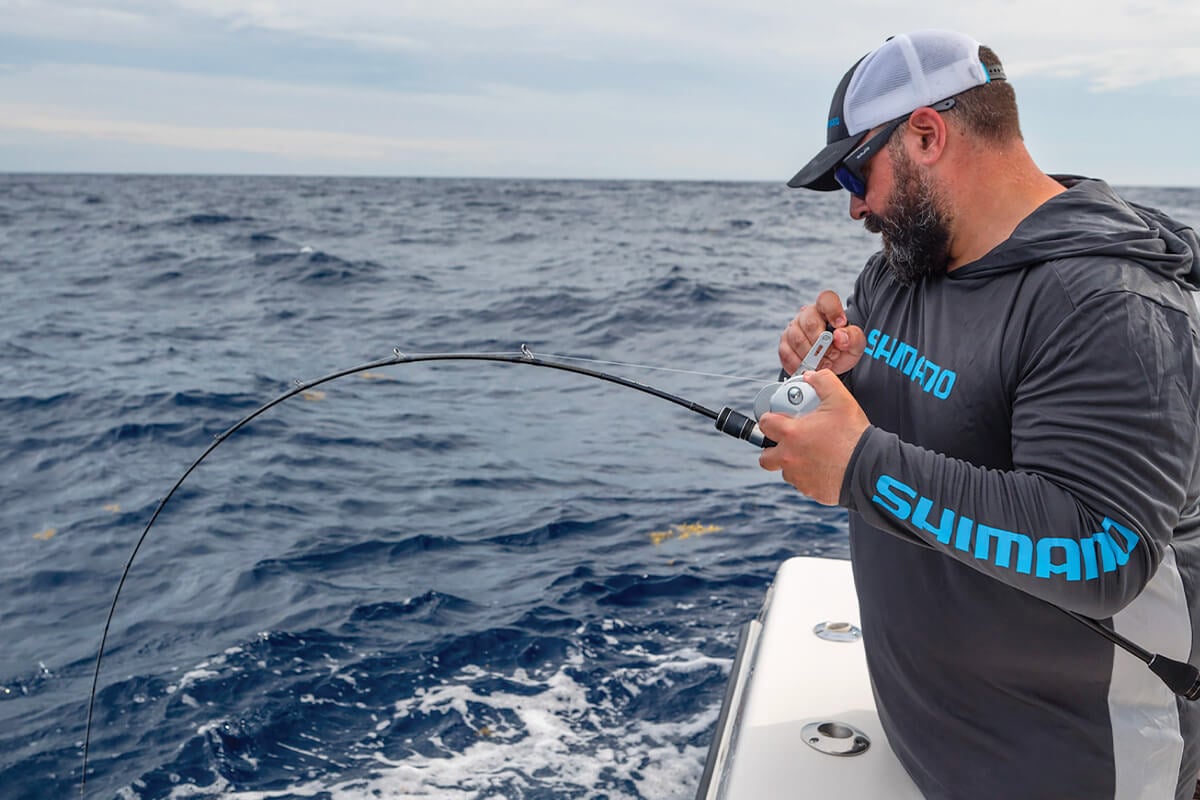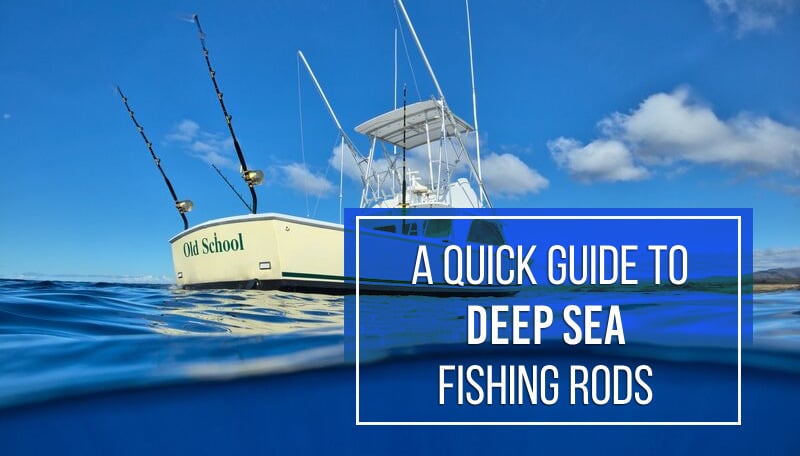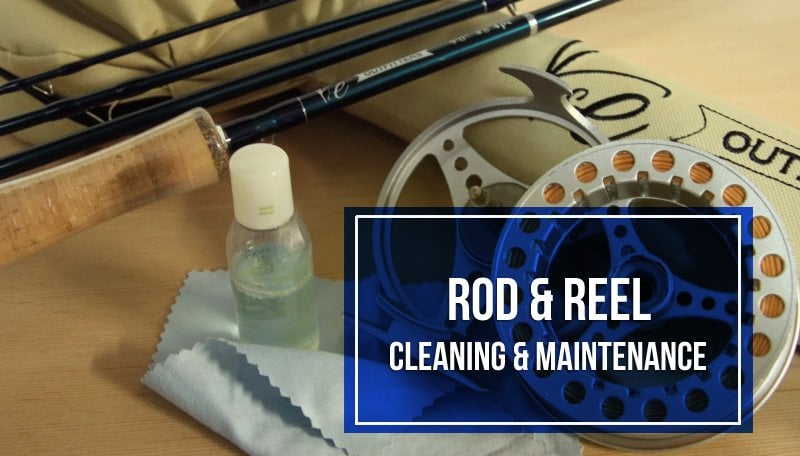Last Updated on
We know you’re as hooked on the great outdoors as we are, and we’re here to share some fishing techniques that’ll diversify your arsenal and generally make you a more versatile angler. Enjoy reading!
Table of Contents
Freshwater Jigging
Slow-Pitch Jigging and Speed Jigging
Spin Fishing / Bait Casting (Cast and Retrieve)
Trolling
Topwater Fishing with Poppers
Fly Fishing
Final Words
1. Freshwater Jigging
Jigging is one of the most versatile, active rod fishing methods you’ll ever learn, perfect for catching both saltwater and freshwater fish species, making it an essential skill to have in any angler’s arsenal. The standard version involves quick rod lifts to create an upward pull on the sinking lure – this action entices the fish to bite, after which the angler sets the hook. Hook-setting is actually the hardest part, as the angler needs to overcome the added weight of the jig and create sufficient momentum to pierce the fish mouth reliably.
Jigging Lures
There are various types of lures designed specifically for jigging, such as spoons, soft plastic worms, bucktail jigs, and vertical jigs, but all consist of a weighted head molded onto a hook. Each jig has its unique way of mimicking an injured baitfish.
For instance, Jigging Spoons are curved metal lures that wobble and flutter as they sink, creating an erratic motion that drives fish wild. Soft plastic worms are another popular choice, with their lifelike appearance and tantalizing movements. Bucktail jigs feature a deer hair-like material tied to its base, giving it a natural, flowing movement underwater. Finally, vertical jigs are slender, elongated pieces of metal that dart through the water column, imitating a distressed baitfish.
How to Jig
- Cast your lure and let it sink to the bottom. Count a few seconds or wait until you feel the lure hit the bottom. Keep the rod tip between 10 and 12 o’clock.
- Snap rod tip up quickly, raising the lure off the bottom.
- Let the lure drop back down. It’s vital to keep the line tight to detect any strikes.
- Repeat this process, varying the speed.
- If you want to drag your lure (for instance, in places with a flatter bottom), make a long cast, wait until the lure hits the bottom, and put your rod tip low to the water. Pull the lure a few feet (don’t forget to reel in), take up the slack, and pull again. If you want your lure to move all the way, make sure you reel in during that slack. Give it a couple of snaps once in a while.
- Another way to fish a jig is by flipping and pitching. Flip your lure over the object and then slowly twitch the rod tip.
What Jigging Is Best For
While jigging is indeed a versatile method, its true prowess emerges when used as a bass fishing technique. This is largely due to the inherent adaptability of jig lures and the wide range of fishing scenarios they can accommodate. Bass, being ambush predators, prefer to lurk amongst available covers such as rocks, underwater vegetation, and submerged trees. This is precisely where jigging comes into its own, allowing for short casts into these fish-holding covers.
As the day heats up, bass tends to retreat into deeper waters where you can get it using a basic deep-water jigging technique and a heavier jig. The versatility of jigging doesn’t stop at largemouth bass. It’s also hailed as one of the most effective fishing techniques for walleye, crappie, smallmouth bass, and even trout.
2. Slow-Pitch Jigging and Speed Jigging
Now that you’ve got the basics, let’s talk about the two best saltwater fishing techniques: slow-pitch jigging and speed jigging. You can use either an overhead or a spinning rod – it’s only a matter of personal preference.
Slow-pitch jigging is all about finesse. With this saltwater fishing technique, you’ll use a more flexible rod and slower, more controlled movements to lift and drop the lure. The goal is to make the lure dance enticingly through the water column, attracting fish with its lifelike motion.
How to Slow-Pitch Jig
- Drop your jig and let it reach the desired depth.
- Lift the rod tip gently until it unloads and then lower it while maintaining tension on the line.
- Make a turn on the reel during this upstroke motion. Fight the urge to reel on the downstroke, as it removes the slack line and puts tension on the line, preventing the jig from fluttering.
- Mix up your retrieve with short pauses and longer lifts, experimenting with different actions to entice fish.
How to Speed Jig
On the other hand, speed jigging is a high-energy approach perfect for targeting aggressive, fast-moving species. Using a stiffer, more powerful rod and a vertical jig, rapidly lift and lower the rod tip to give your lure a dynamic, darting action. Don’t forget to reel on the upstroke.
What Saltwater Jigging Is Best For
As a more finesse fishing technique, slow-pitch jigging is best for catching bottom-feeding fish, but will also work great for catching species like tuna, striped bass, and bluefish. On the other hand, speed jigging is more of a power-fishing technique that targets fast-moving pelagic fish like mackerel, amberjack, and marlin.
3. Spin Fishing / Bait Casting (Cast and Retrieve)
Next up on our must-learn fishing techniques list is the classic cast and retrieve. This method is perfect for covering a lot of water quickly and targeting various fish species.
Cast-and-Retrieve Lures
With cast and retrieve, you can use a wide range of lures depending on the type of rod you have. Spinners have a spinning blade that creates vibrations and flashes as they move through the water. Swimbaits have a realistic appearance, come in various sizes, and are either soft plastic or have joints. Crankbaits are colorful lures that feature a lip at the front that helps dive the lure to a specific depth – the bigger the lip, the deeper it can go.
How to Cast and Retrieve
- Cast your lure towards your target area, aiming for structures or cover where fish are likely to be hiding.
- Let the lure sink to your desired depth.
- Retrieve the lure by reeling it in, using the line to pull the lure and mimic a swimming fish. Vary the speed of your retrieve to find the most enticing speed for a bite.
- Pause for a couple of seconds, then cast again and repeat the process.
What Cast and Retrieve Is Best For
Cast-and-retrieve is the best fishing technique for a beginner, as it’s easy to learn and versatile in terms of target species and water types. Spin fishing, with its light tackle and versatile lures, is ideal for smaller species like panfish and smaller bass. On the other hand, baitcasting is the go-to method for larger, stronger fish such as bigger bass, pike, muskellunge, and even saltwater species like redfish. Cast-and-retrieve is also considered the best trout fishing technique, being second to only fly fishing.
4. Trolling
Though ideal for targeting fast-swimming species like tuna and marlin, trolling is a versatile technique for salt- and freshwater fishing, allowing you to cover vast distances while presenting lures at various depths. Trolling relies on various lures, from soft plastics to skirted lures, each designed to attract different species at different speeds and water conditions.
How to Troll
Achieving the right speed for your bait presentation is crucial for a realistic appearance, but there’s no universal solution. Ideally, you want to match your bait’s speed with that of the target fish. Keep in mind, though, that relying solely on that has limitations. That’s why you should also consider water conditions and predator fish behavior.
Trolling in rivers or at sea means dealing with currents, so adjusting your boat’s RPMs for down-current and up-current situations is essential. Additionally, predator fish focus on whether their prey looks lifelike, so if your lure behaves abnormally, they won’t chase it.
What Trolling Is Best For
Slow trolling, with speeds usually under 2 knots, is a highly effective fishing technique when you’re after freshwater species like crappie, walleye, or panfish. This technique also works well in cooler temperatures when fish are generally less active and won’t chase fast-moving bait. High-speed trolling, which typically involves speeds of 6-20 knots, is ideal for targeting larger, more aggressive saltwater species such as wahoo, tuna, and marlin. These species are built for speed and are more likely to pursue a fast-moving lure.
5. Topwater Fishing with Poppers
This topwater fishing method will surely deliver excitement. One of the best bass fishing techniques, it also targets other fish hanging out near the surface, like trout and panfish, and uses a special type of lure called a surface popper. A popper features a distinct cupped face that creates splashes and noise as it moves through the water, mimicking struggling prey on the surface.
How to Work Surface Poppers
To be efficient with poppers, you need a stiff fast-action rod with a flexible tip that will do the work for you.
- Choose the right surface popper for your target species, considering size, color, and design.
- Rig your popper so that it floats near the surface.
- Cast the popper towards structures or cover where fish are likely to be hiding – overhanging brush, docks, laydowns, and seawalls.
- Allow the lure to settle briefly before starting the retrieve.
- Retrieve the popper by reeling it in slowly, using small movements to create splashes and “pops” on the surface. Try different cadences to figure out what the fish wants the most.
- Pay close attention to the lure, as fish often strike it aggressively.
- When a fish strikes, wait for it to take the popper underwater and only then set the hook.
When To Use Surface Poppers
A surface popper lure is an invaluable tool in an angler’s arsenal, known for its impressive ability to attract fish. Its unique design and action make it particularly effective spring, summer, and fall bass fishing. The popper’s versatility lies in its ability to mimic various types of forage that bass feed on regularly throughout these seasons. Poppers are also highly effective during post-spawn conditions. When other lures fail to induce a bite, a popper can often turn the tide.
Fly Fishing
Often considered an art form, fly fishing offers a unique challenge with a longer learning curve than other fishing techniques. But for those willing to take the plunge, the rewards are immense.
Fly fishing gear is specialized, comprising of a fly rod, fly reel, weighted line, leader, tippet, and flies. The fly rod is designed to cast light artificial flies, while the fly reel only stores the line. The weighted line propels the fly forward during casting, while the leader and tippet present the fly to the fish in the most natural way possible. The flies themselves are intricate designs that mimic aquatic insects.
Fly Casting Techniques
Now, let’s delve into the heart of fly fishing: casting techniques.
- Two Stroke Casting: This is the basic fly cast, where the angler sends the line backward (backcast) and then forward (forward cast). The rhythm and timing of these two strokes are critical for a successful cast.
- Open Loop Casting: Here, the casting loop is intentionally widened to avoid tangling with long or heavy flies. It’s perfect for casting larger flies or when you have obstacles behind you.
- Tight Loop Casting: Here, the line travels in a narrow loop, making it more efficient and less affected by wind. It’s ideal for long casts and windy conditions.
- Roll Casting: In this method, the line is not lifted off the water for a backcast. Instead, the line is rolled backward and then forward in one smooth motion. It’s useful when there’s no room for a backcast.
- Double Haul Casting: This advanced technique involves a rapid pull and release of the line on both the backcast and the forward cast. It allows for longer casts and better control, especially in windy conditions.
When Fly Fishing Is Best
Fly fishing stands out as the premier trout fishing technique primarily due to its ability to mimic the natural diet of trout with precision. Trout are known for their selective feeding habits, often focusing on aquatic insects at various stages of their life cycles. Fly fishing allows anglers to present artificial flies that closely resemble these insects, whether they’re floating on the surface as adults, drifting in the current as nymphs, or emerging from the water as they transition between stages. Moreover, the light line and delicate presentation minimize disturbance, increasing the chances of fooling a cautious trout. Finally, fly fishing aligns perfectly with the habitats where trout thrive. Whether it’s a fast-flowing mountain stream, a serene spring creek, or a deep, still lake, there’s a fly fishing technique to suit every scenario.
Also, check our guide to fly fishing etiquette.
Final Words
In conclusion, mastering these five fishing methods will undoubtedly enhance your angling skills and open up a world of opportunities to catch a variety of fish species. As you continue to explore the fascinating world of fishing, remember that practice and patience are key to becoming a successful angler.
To elevate your fishing experience even further, find the perfect fishing rod on GritrOutdoors.com. Our wide selection of high-quality rods ensures that you’ll have the right gear to tackle any fishing challenge that comes your way. Also, check our guide to the best fishing places in Texas.
Check out our other articles on fishing:
- How to Care of Your Fishing Rod & Reel
- Types of Fishing Reels: A Complete Guide
- How to Select the Right Fishing Rod Length
- How to Choose the Best Ultralight Fishing Rods
- Fly Fishing Etiquette: Do’s and Don’ts on the Water
FAQ
What are some of the best fishing techniques for beginners?
The easiest to master beginner fishing technique that targets a variety of species is cast and retrieve.
What’s the best saltwater fishing technique?
Jigging is the best saltwater fishing technique that delivers excitement and adrenaline. Learn how to speed jig and slow-pitch jig to target more species and diversify your experience.
How can I determine the best fishing technique for my local area?
To determine the best technique for your local area, consider factors such as the prevalent fish species, water depth, structure, currents, and equipment available.













